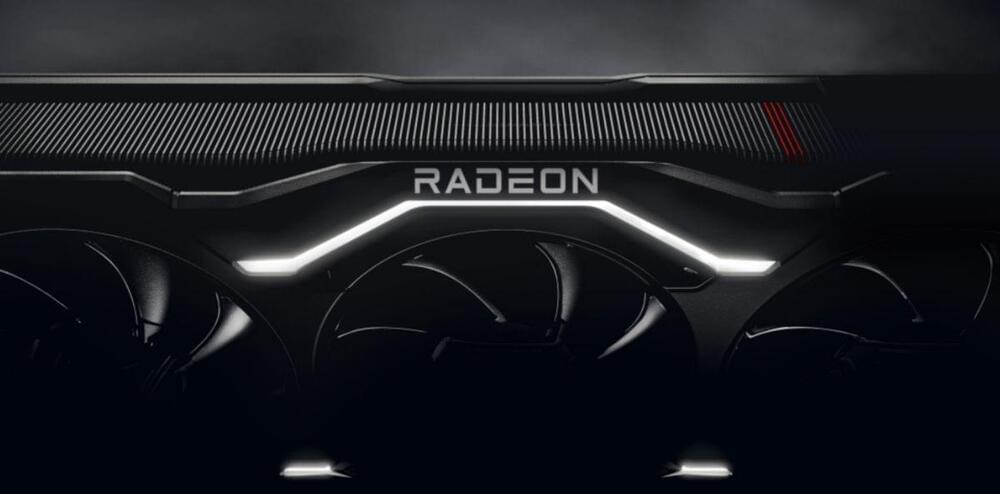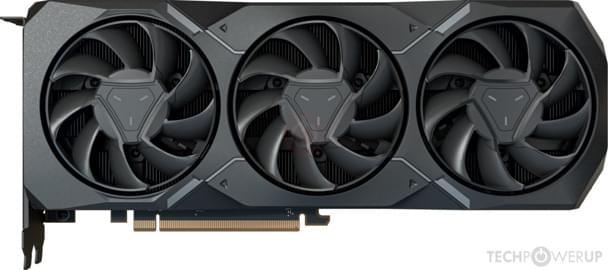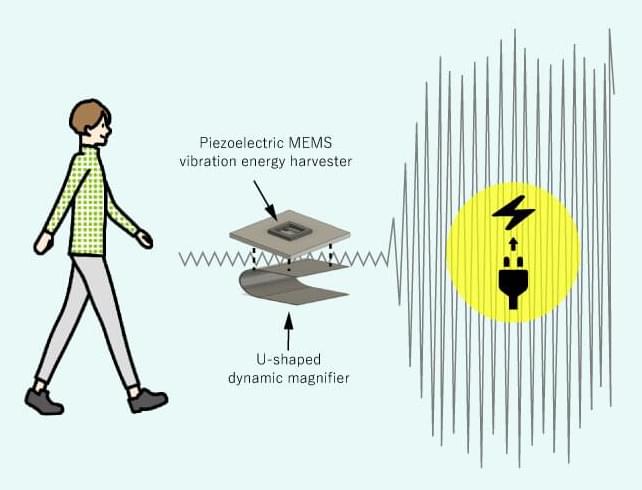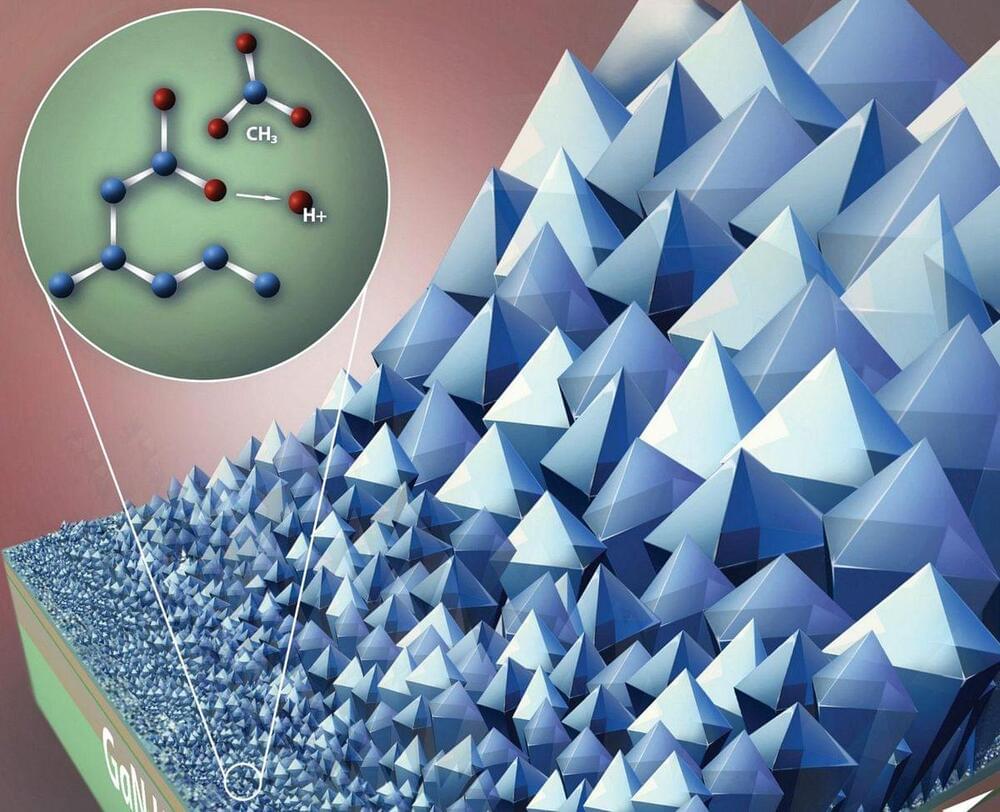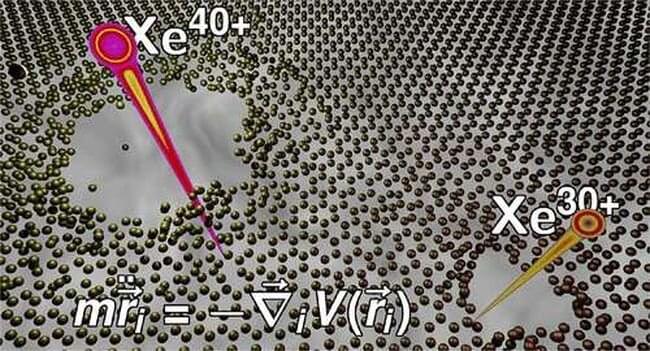Google, Chevron and a Japanese investment company have invested in TAE Technologies, a nuclear fusion startup, which has raised $1.2 billion so far.
An update for AMD’s ROCm general-purpose GPU software has reportedly revealed the specs for Navi 32 and Navi 33, (opens in new tab) the next graphics chips likely to be released in the RDNA 3 series, otherwise known as Radeon RX-7000 series. Exactly where the new chips will slot into AMD’s new Radeon RX 7000-series (opens in new tab) is the really big question.
Are these chips the basis of the upcoming Radeon RX 7,800 and 7,700 GPUs? Hold that thought while we consider the new information that’s emerged. Buried deep within an ROCm file called “performance.hpp” are references to both Navi 32 and Navi. But the really critical numbers listed in the file are 60 and 32, and we’re talking CUs or Compute Units. To make sense of those numbers, the Navi 31 chip inside the AMD Radeon RX 7,900 XT and XTX graphics cards runs 96 CUs.
AMD Radeon RX 7900 XT
Posted in computing
58 billion transistors 😗
AMD Navi 31, 2394 MHz, 5,376 Cores, 336 TMUs, 192 ROPs, 20,480 MB GDDR6, 2,500 MHz, 320 bit.
Colon cancer is the second deadliest cancer in the US. Early detection is important but finding and diagnosing polyps is difficult. 2 AI-powered endoscopes have been developed in Japan to tackle the problem. One can judge a lesion’s malignancy in 0.4 second with almost 100% accuracy. The other indicates lesions during an exam, even indistinct ones, like a car navigation system. We also introduce fermented Japanese foods that are beneficial for gut health and explain how they should be eaten.
Walking can boost not only your own energy but also, potentially, the energy of your wearable electronic devices. Osaka Metropolitan University scientists made a significant advance toward self-charging wearable devices with their invention of a dynamic magnifier-enhanced piezoelectric vibration energy harvester that can amplify power generated from impulsive vibrations, such as from a human walking, by about 90 times, while remaining as small as currently developed energy harvesters. The results were published in Applied Physics Letters.
These days, people carry multiple electronic devices such as smartphones, and wearable devices are expected to become increasingly widespread in the near future. The resulting demand for more efficient recharging of these devices has increased the attention paid to energy harvesting, a technology that converts energy such as heat and light into electricity that can power small devices. One form of energy harvesting called vibration energy harvesting is deemed highly practical given that it can transform the kinetic energy from vibration into electricity and is not affected by weather or climate.
A research team led by Associate Professor Takeshi Yoshimura from the Graduate School of Engineering at Osaka Metropolitan University has developed a microelectromechanical system (MEMS) piezoelectric vibration energy harvester that is only approximately 2 cm in diameter with a U-shaped metal component called a dynamic magnifier. Compared with conventional harvesters, the new harvester allows for an increase of about 90 times in the power converted from impulsive vibrations, which can be generated by the human walking motion.
Scientists have made it possible to listen to the light echoes of a black hole by turning astronomical data into souns.
“Thermal issues are currently one of the biggest bottlenecks that are plaguing any kind of microelectronics,” says team lead Srabanti Chowdhury, professor of electrical engineering at Stanford University. “We asked ourselves, ‘Can we perform device cooling at the very material level without paying a penalty in electrical performance?’”
Indeed, they could. The engineers grew a heat-wicking diamond layer right on top of individual transistors—their hottest points—as well as on their sides. Heat flowed through the diamond to a heat sink on the back of the device. With this technique, the researchers achieved temperatures 100 degrees Celsius lower without any degradation of the device’s electrical properties. They will report their findings in San Francisco at the IEEE International Electron Device Meeting in December.
They demonstrated their technique on gallium nitride (GaN) high-electron-mobility transistors, or HEMTs. GaN is the go-to alternative to silicon for high-frequency applications, as it can sustain higher electric fields and responds more quickly to electric field changes. GaN also breaks down at a higher temperature than silicon. But not high enough: “If you go by the physics of the material, you see what its potential is, and we’re nowhere close to that today,” says Chowdhury. Keeping GaN HEMTs cool as devices shrink and frequencies grow will allow them to live up to their physics-promised potential.
When charged particles are shot through ultra-thin layers of material, sometimes spectacular micro-explosions occur, and sometimes the material remains almost intact. The reasons for this have now been explained by researchers at the TU Wien.
It sounds a bit like a magic trick: Some materials can be shot through with fast, electrically charged ions without exhibiting holes afterwards. What would be impossible at the macroscopic level is allowed at the level of individual particles. However, not all materials behave the same in such situations—in recent years, different research groups have conducted experiments with very different results.
At the TU Wien (Vienna, Austria), it has now been possible to find a detailed explanation of why some materials are perforated and others are not. This is interesting, for example, for the processing of thin membranes, which are supposed to have tailor-made nano-pores in order to trap, hold or let through very specific atoms or molecules there.
3D structures of cells and connections reveal new role for an understudied brain cell.
A new study equates a green view and the proximity of green space with better mental health in urban settings.

